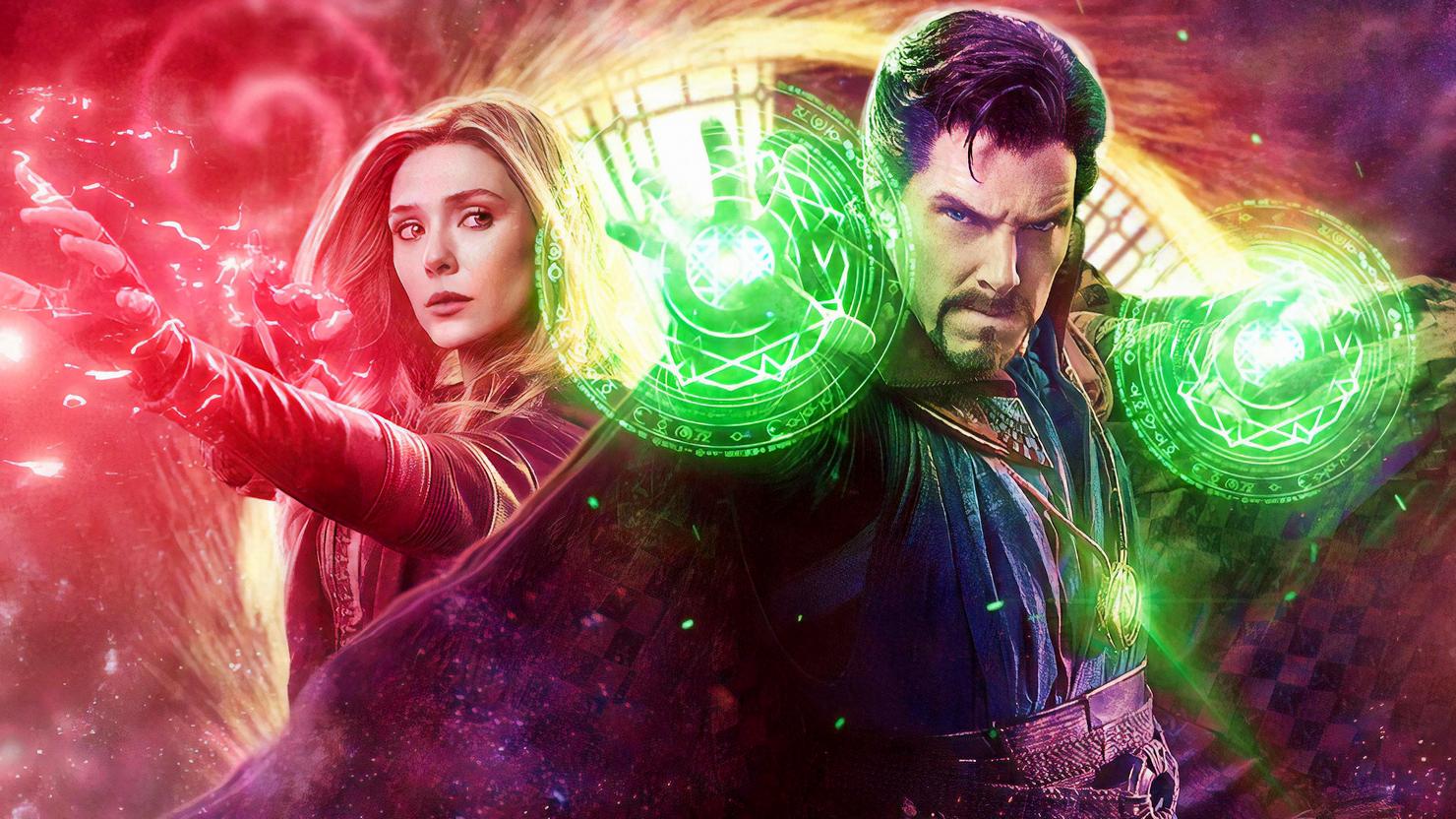Doctor Strange—a superhero in the Marvel universe—has returned to delight fans in the sequel titled Doctor Strange in the Multiverse of Madness. Played by Benedict Cumberbatch, the protagonist, as usual, saves the world, in this case from the “Scarlet Witch” Wanda (played by Elizabeth Olsen), who wants to travel to another world where her double is happily raising two sons.
This new Stephen Strange plot revolves around the concept of parallel worlds to which the characters can travel through dreams. Comic Book Resources magazine draws an analogy with lucid dreams, where a dreamer is also able to control what is happening and has unlimited abilities. However, the dream in the movie is a door to a real (but parallel) world.
Like some lucid dreamers, Wanda is consumed by her dreams, where she gets to experience her idea of happiness. But in reality, every morning is a nightmare when it all disappears. Driven by the desire to stay forever in her ideal world, the Scarlet Witch tries to take over the abilities of a teenage girl named America (Xochitl Gomez), who can move between worlds. At the beginning of the film, we see America and Stephen fleeing from a monster before Strange wakes up. When he tells the girl about it later, she replies that it wasn’t a dream. Strange’s alternate self was indeed there.
Interestingly, the filmmakers call this “dreamwalking” (within the script, it is a spell that allows the characters to control the body of their double from a parallel world), while in reality this term is commonly applied sleepwalking (somnambulism), not lucid dreaming.
In addition to fantasy on the theme of dreams, viewers, as before, will see chases, fights, special effects, supernatural abilities, and mysterious relics. The film is currently playing in theaters.
Do you see an analogy with lucid dreams in the story?




